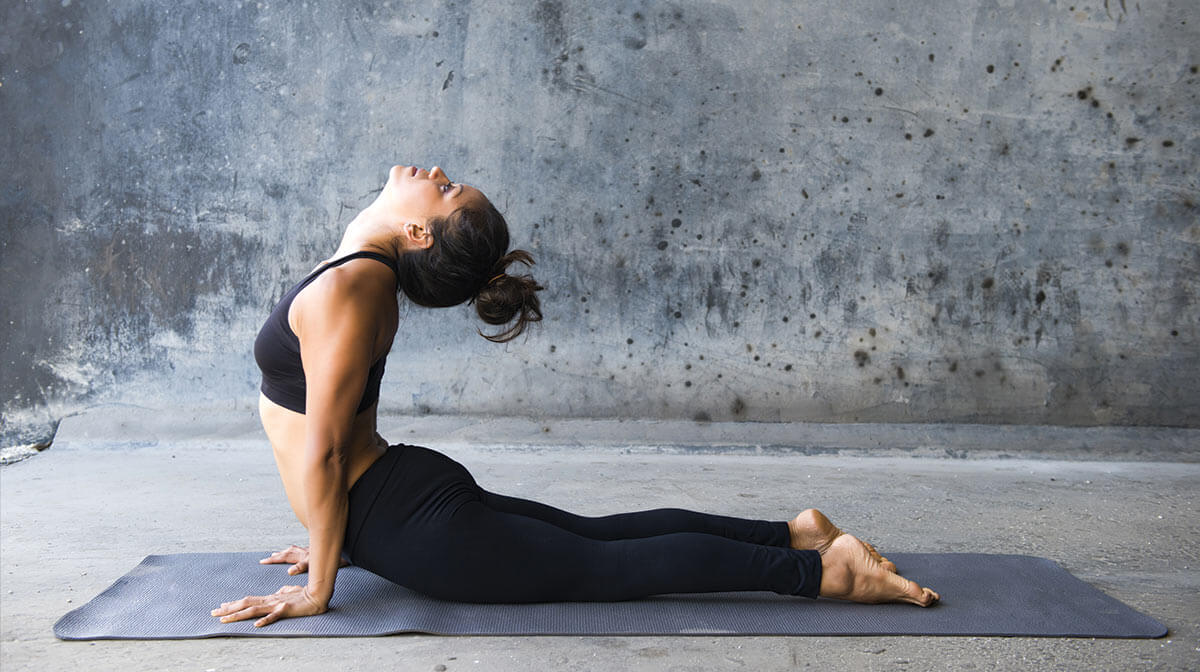Introduction
If bending over to touch your toes seems impossible, it’s time to think about improving your flexibility.
A few days a week of concentrated effort, from breath work to stretching to strengthening, can make a significant difference in how flexible you feel. Continue reading to learn how to become more flexible one stretch at a time.
What flexibility is and isn’t
Flexibility refers to your muscles and connective tissues’ capacity to stretch temporarily. The ability of your joints to move easily and painlessly through a range of motion is referred to as mobility.
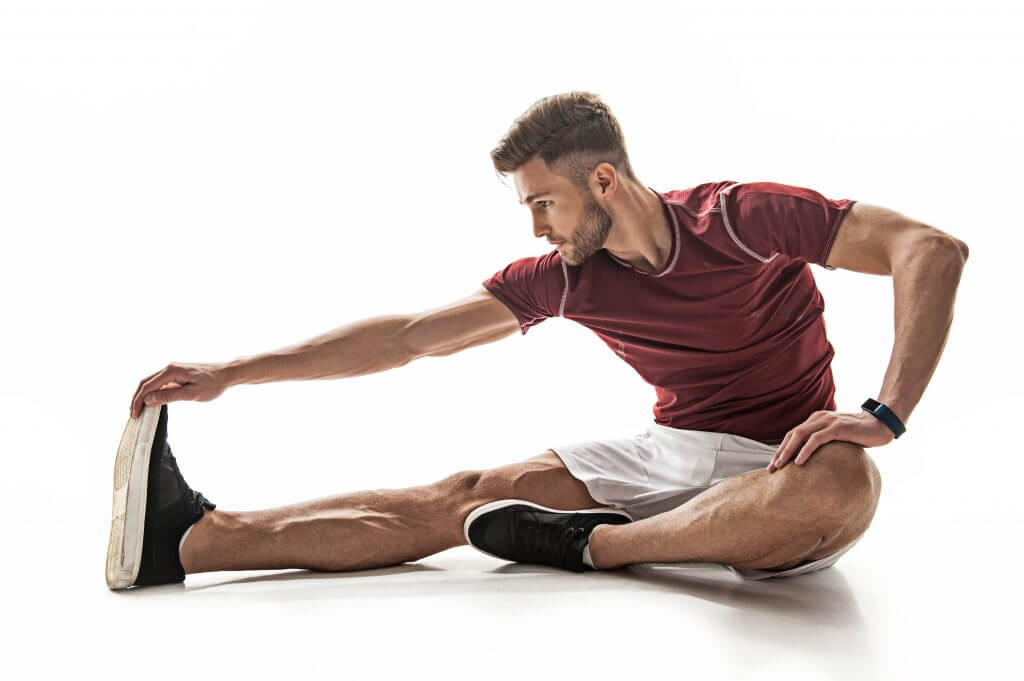
Flexibility is an important aspect of the movement. Movement, on the other hand, does not imply flexibility, and vice versa. Flexibility is only one component of movement.
Why flexibility is important
Consider reaching for something on a high shelf or leaning over to fetch a load of laundry. These tasks will be far more difficult if your muscles are inelastic. Flexibility is essential in everyday life.
Flexibility is also required to alleviate muscle tension and discomfort and to induce relaxation. It is impossible to relax when your body is always in pain!
By allowing muscles to move through their whole range of motion, it can help increase cardiovascular fitness, muscular strength, and endurance (mobility).
Benefits of stretching
Experiments with stretching have yielded inconsistent outcomes. Stretching does not reduce muscular discomfort after exercise, according to research. According to other research, extending and holding the stretch right before a sprint may reduce performance marginally.
Stretching, on the other hand, has been shown in studies to improve flexibility and thus joint range of motion.
Greater adaptability could lead to:
- Increase your degree of physical activity.
- Reduce your chance of injury.
- Assist your joints in moving through their entire range of motion.
- Increase blood flow to the muscles.
- Allow your muscles to work their hardest.
- Improve your capacity to perform daily tasks.
Stretching before or after a run, ballet class, or soccer game may become a habit for you.
How to build a routine that suits your needs
To improve your overall flexibility, combine breath work, static stretching, and dynamic stretching.
Strength training can help you enhance your flexibility and mobility even more. This may appear to be a huge time commitment, but even 10 minutes a few times per week can make a big difference.
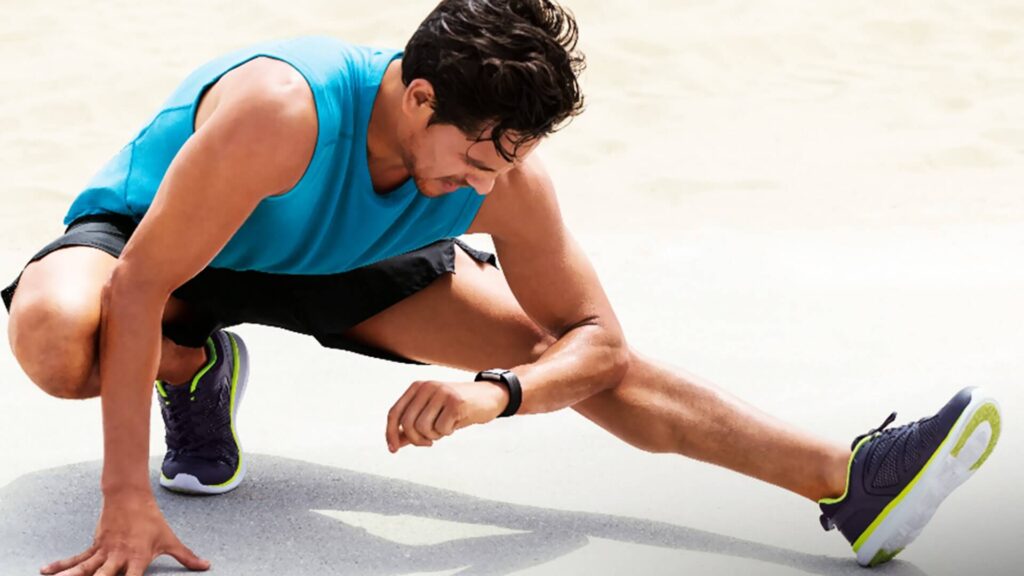
If you already exercise, try starting your routine with some breathwork and dynamic stretching, followed by static stretching. Stretching could also be incorporated into your morning or evening regimen.
How to maximize your training
Keep the following criteria in mind to get the most out of your flexibility exercise:
- Begin by committing to three days of flexibility training per week. A session of 10 to 15 minutes that includes breath training, static stretching, and dynamic stretching will be effective and manageable.
- Each stretch should be held or performed for 15 to 30 seconds. Remain calm and try again.
- Stretch vigorously before strength training, followed by static stretches. When performed on heated muscles, static stretching is generally safer and more effective.
Breathing work
Breathing properly is essential for any activity, including stretching.
The heart of breath training is diaphragmatic breathing, which teaches you how to breathe more effectively and efficiently.
It also engages and strengthens the diaphragm and core muscles. Stretching and strength training will be more difficult if your diaphragm and core are weak.
Sitting side-to-side stretch
Return to diaphragmatic breathing and begin side-to-side stretching of your torso.
How to:
- Place your arms at your sides and cross your legs.
- Inhale and stretch your right side to the left by raising your right arm above your head.
- Return to the beginning by exhaling.
- Repeat with your left arm, inhaling and exhaling.
Cat-Cow
This yoga pose opens your chest while also stretching your spine and core.
How to:
- Start on all fours, with your wrists under your shoulders and your knees under your hips.
- Inhale deeply and arch your back, allowing your stomach to drop and your face to turn upward.
- Exhale and round your back, lowering your head and relaxing into the stretch. Allow your stomach to fall toward the earth as you turn your face to the sky.
Falsifying the truth
Concentrating on your breath while twisting will allow you to go deeper into the stretch.
How to:
- Lie down on the ground on your back.
- Make a T with your arms and spin to the right, bending your left leg and landing on your left knee.
- Turn your head to the left while keeping your shoulders on the floor.
- Allow your body to relax slightly further into the stretch with each inhalation.
Static Stretches
Static stretching, in which you enter a stretch and hold it for a set amount of time without moving, is an excellent approach to improving flexibility.
Even incorporating static stretching into your regimen can have a significant impact on how your body feels. When performing static stretches, keep the following principles in mind:
Before you begin, warm up. Before beginning a static stretch regimen, warm up for 5 to 10 minutes with a low-intensity activity such as walking. Cold muscular stretching can endanger your health.
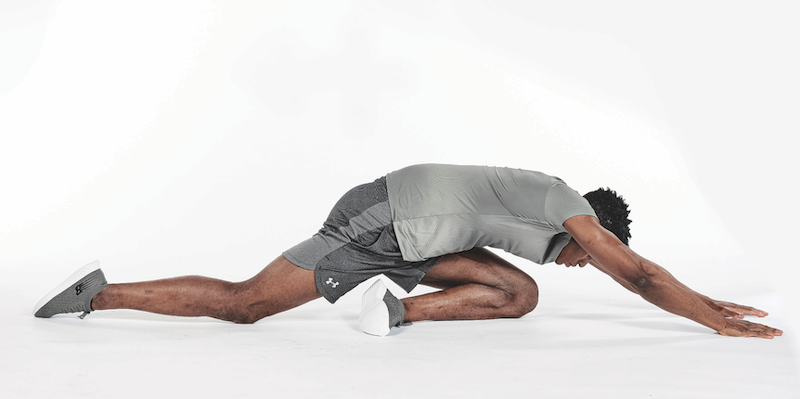
Do not attempt it. While it may be tempting to move quickly up and down in the stretch to reach deeper, doing so can result in muscle injury. Hold the strain for 15 to 30 seconds before relaxing and repeating.
Don’t go overboard. Stretch until you feel strain, then come to a complete halt. Excessive exertion may be detrimental.
Take a deep breath in and out. Take note of your inhalation and exhalation patterns, and practice diaphragmatic breathing whenever feasible.
Folding Forward
A basic Forward Fold stretches the calves, hamstrings, glutes, and spine.
How to:
- Bend forward from the hips, keeping your head close to your knees and your hands on or near the ground, feet together.
- Extend your legs as far as they will go without locking.
- Bend your knees slightly if necessary to allow your hands to touch the ground. You can also lay your hands in front of you on a yoga block or other prop.
Figure-four
A figure-four stretch can help loosen up tight hips and glutes.
This stretch can also be performed while standing, albeit it requires more balance. Stay on the ground until you feel comfortable.
How to:
- Lie on your back with your legs bent and your feet flat on the ground.
- Bring your right ankle to your left knee and place your bent right leg there.
- Bring your left leg gently toward your chest, hands on the back of your left leg, feeling a stretch in your right hip and glute.
- Rep with the opposite leg.
Chest lengthening
A tight chest is another side effect of sitting all day.
Because your chest absorbs the majority of the effort when your shoulders naturally round forward, allowing you a nice opening stretch will ensure that you can stand confidently.
How to:
- Put both of your feet together.
- Clasp your hands behind your back with your arms outstretched.
- To feel the effort in your chest, raise your arms and bend forward at the waist.
Dynamic stretching
Dynamic stretching, a type of stretching that involves movement, is another approach to improving flexibility — and mobility.
A dynamic stretch, as opposed to taking and holding a position, pushes the muscles and joints through their whole range of motion. This is a great warm-up for a variety of sports.
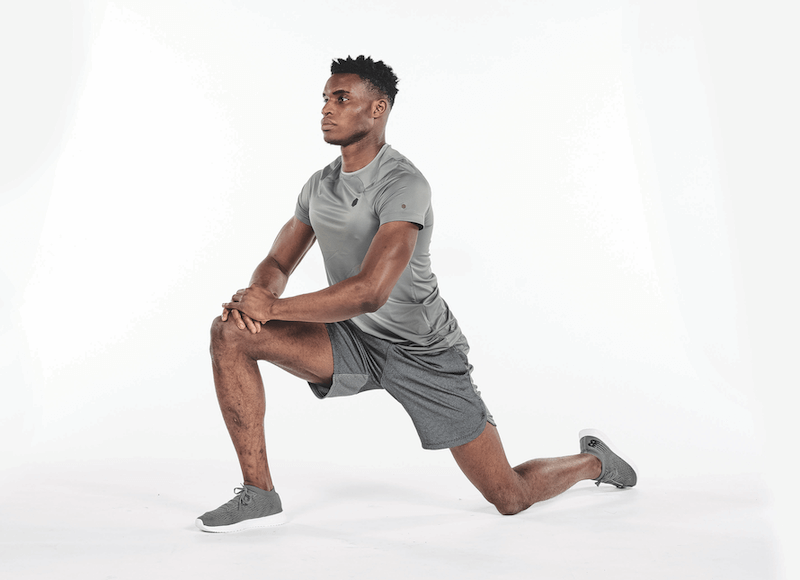
Perform this series of five physical stretches for 30 seconds each to reap the benefits.
A lunge with a twist
A moderate trunk rotation added to your reverse lunge can provide a nice torso stretch.
How to:
- Step back into a reverse lunge with your right leg, allowing your chest to curl over your left thigh.
- Return to the start.
- Repeat with your left leg.
Extremely high knees
Whether you step on your high knees or hold one foot off the ground the entire time, this move will get your blood flowing to your lower limbs while stretching your glutes, hips, and knee joints.
How to:
- Spread your legs shoulder-width apart.
- Raise one knee, then lower the foot to the ground.
- Immediately drive the opposite knee up and repeat.
Arm movements
Arm circles will help you relax your shoulders and upper back.
Circular shapes should be used in both directions. It is typical and anticipated for one to be easier than the other.
How to:
- Stand with your feet shoulder-width apart and your arms at your sides.
- Lift your arms in front of you, then behind your head, and make a circle with your fingertips.
- Throughout, keep your arms straight and as close to your ears as possible.
- Rep in the opposite way with your arms.
Strength training
Although stretching is commonly thought to enhance flexibility and mobility, strength training can also aid with both when done correctly and throughout the whole range of motion.
Stick to foundational motions and focus on technique to offer your muscles the finest training possible.
Squat
Squats are one of the most effective lower-body workouts.
How to:
- Stand with your feet slightly wider than shoulder-width apart and your toes slightly pointing out.
- Start by sitting back in your hips, then bend your knees and lower yourself as if preparing to sit in a chair.
- Allow your arms to extend comfortably in front of you while keeping your knees from collapsing.
- Return to the beginning when your thighs are parallel to the ground.
Lunge with back bend
Add a back bend on each lunge to further engage and stretch your body.
How to:
- Stand with your feet shoulder-width apart and your arms at your sides.
- With your right leg, lunge forward, maintaining your right knee over your right ankle.
- Bring your arms over your head and softly lean back, allowing your core and hip flexors to stretch.
- Hold for 5 to 10 seconds before starting over.
- For the appropriate amount of reps, alternate legs.
Dumbbells for chest press
Dumbbell chest presses stretch and develop your chest muscles.
How to:
- Lie with your back to the bench and a dumbbell in each hand at chest level.
- Raise the dumbbells to your chest until your arms are directly above your shoulders.
- Pause for a second before returning the dumbbells to your chest and feeling the stretch at the bottom of the range of motion.
Common mistakes to avoid
It is vital to pay attention to your body while stretching. Stop immediately if you experience any pain or discomfort. You could sustain a muscle strain or tear.
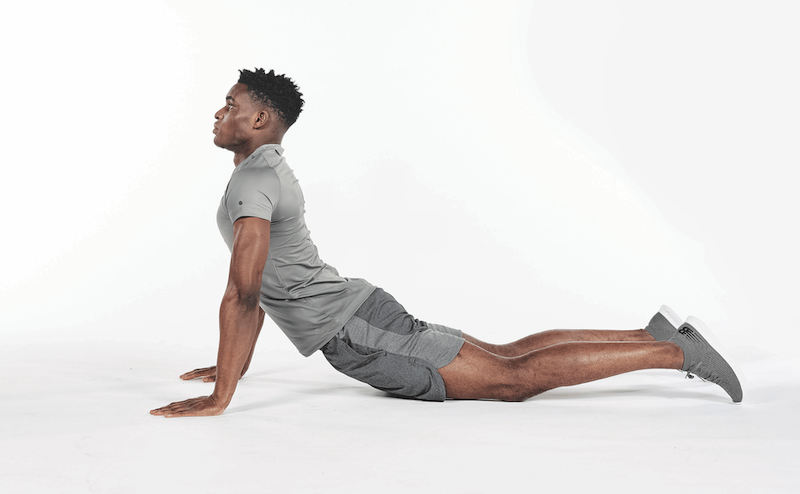
Stretch only to the point of tension. With consistent work, you’ll soon find yourself relaxing in your flexibility.
To summarize
Stretching for 30 minutes once a week can help you become more flexible over time. The most crucial benefit of having a high level of flexibility is enhanced quality of life. The wonderful part is that it is never too late to get started!
